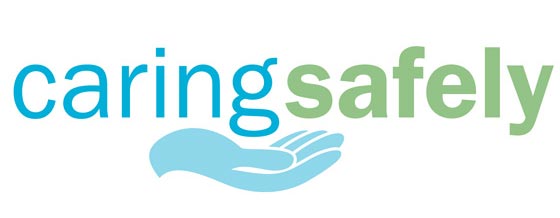Clinical staff at Toronto Western Hospital (TW) are noticing an immediate impact following a recent Electronic Patient Record (EPR) enhancement. This change has enabled any health professional to enter and view vital signs in EPR.
Vital signs include key patient health details, such as body temperature and heart rate, and late last month clinical teams across UHN began documenting vital signs into EPR as part of their workflow. This new enhancement was based on learnings from Toronto Rehab and Toronto General Hospital General Internal Medicine, which had previously implemented the change.

In the first week of implementation at TW, a patient requiring frequent monitoring had their vital signs information entered into EPR by Registered Nurse Leah Espinosa.
Later that same day, the staff physician, Dr. Timothy Jackson, was able to monitor the patient's status remotely by reviewing the information directly from EPR.
"This allowed me to monitor the most up-to-date vital signs information and avoided disrupting the nurse from her work day to relay the information over the phone," Dr. Jackson said.
The enhancement is improving information flow between clinical staff, reducing workflow disruptions and enabling the proper documentation of patient information and assessment.
Accurate and timely communication among inter-professional teams is a critical part of UHN's Caring Safely initiative.
"This implementation further highlights patient safety as a priority of UHN Digital and clinical leadership," said Leanna Graham, Lead on the EPR enhancement project and Director of Professional Practice.
